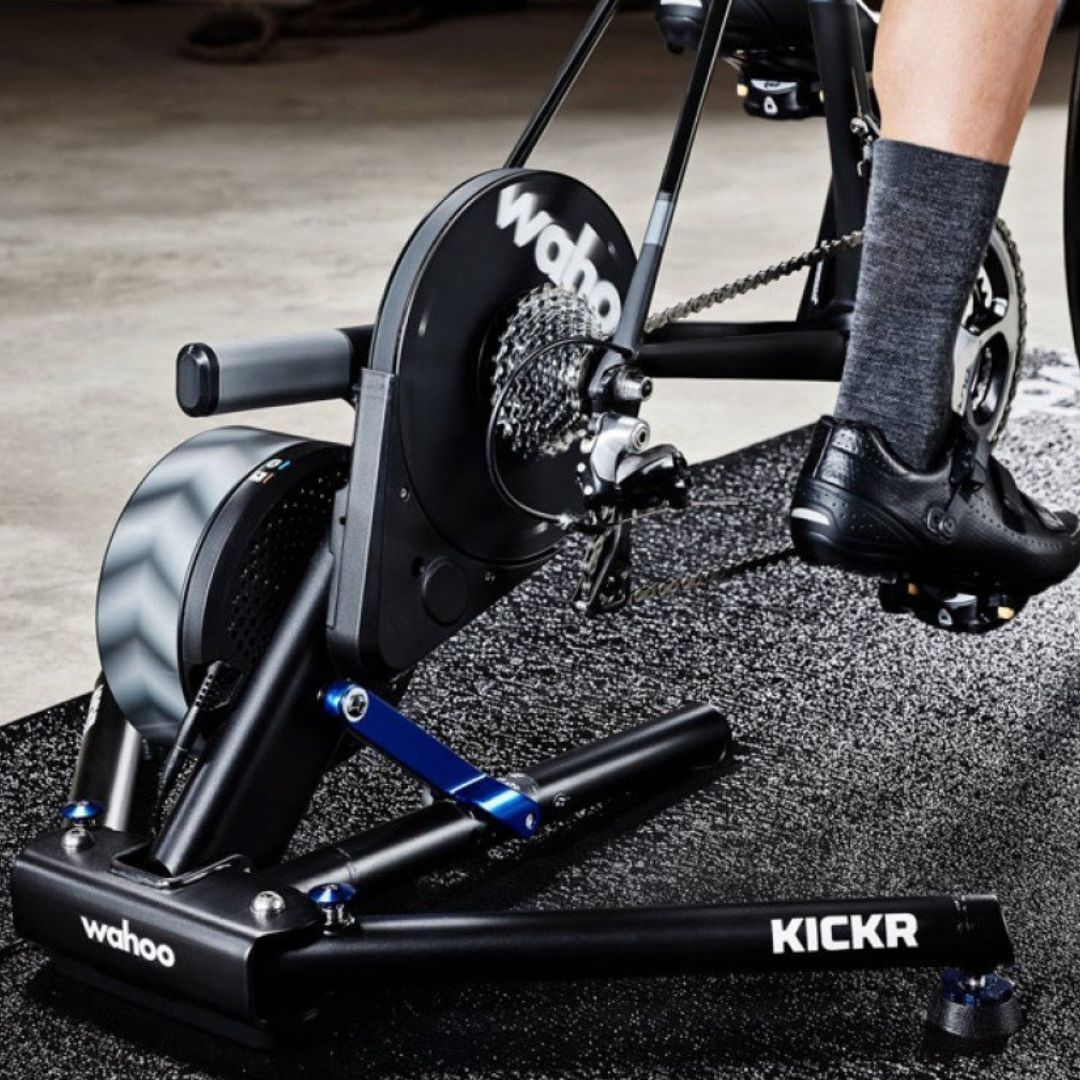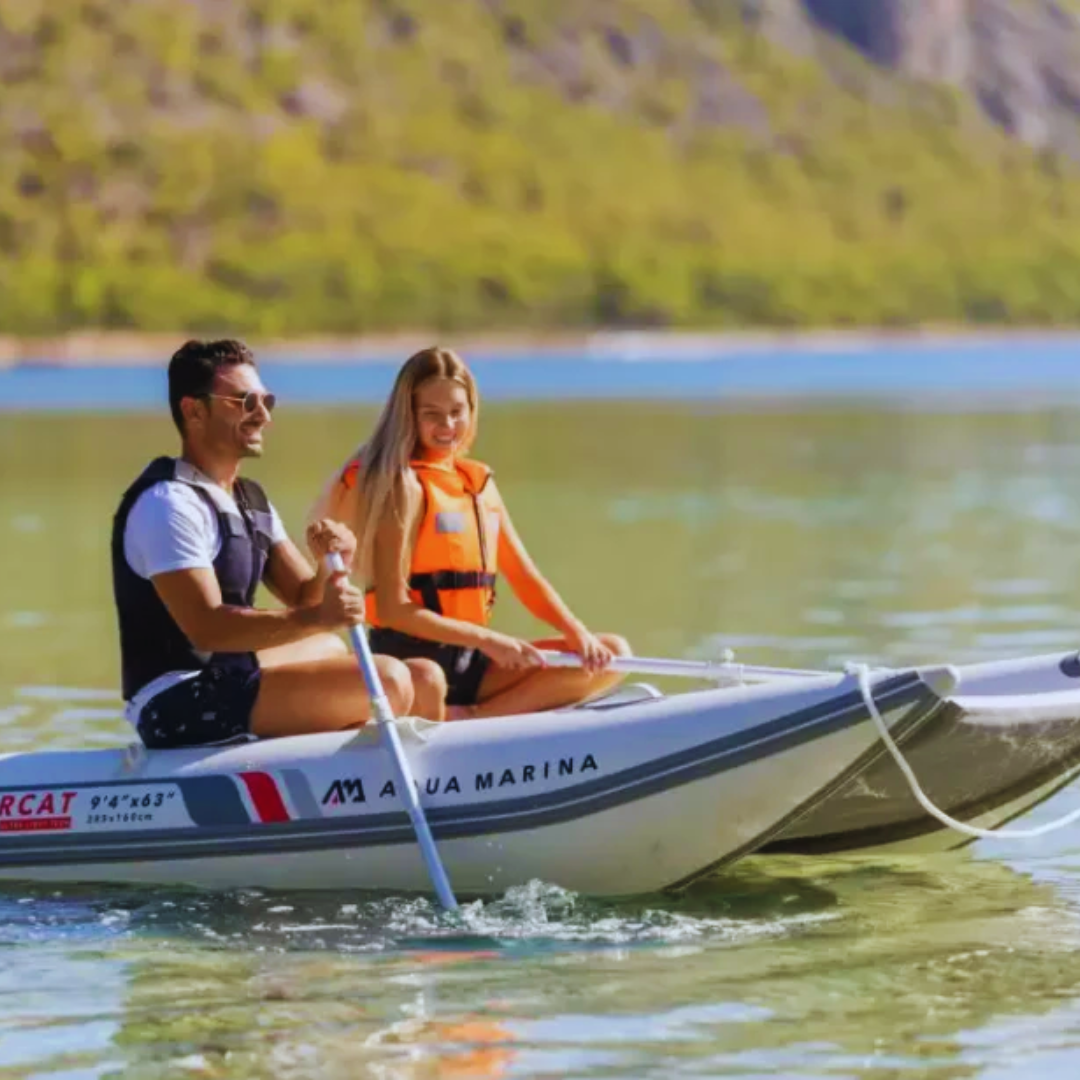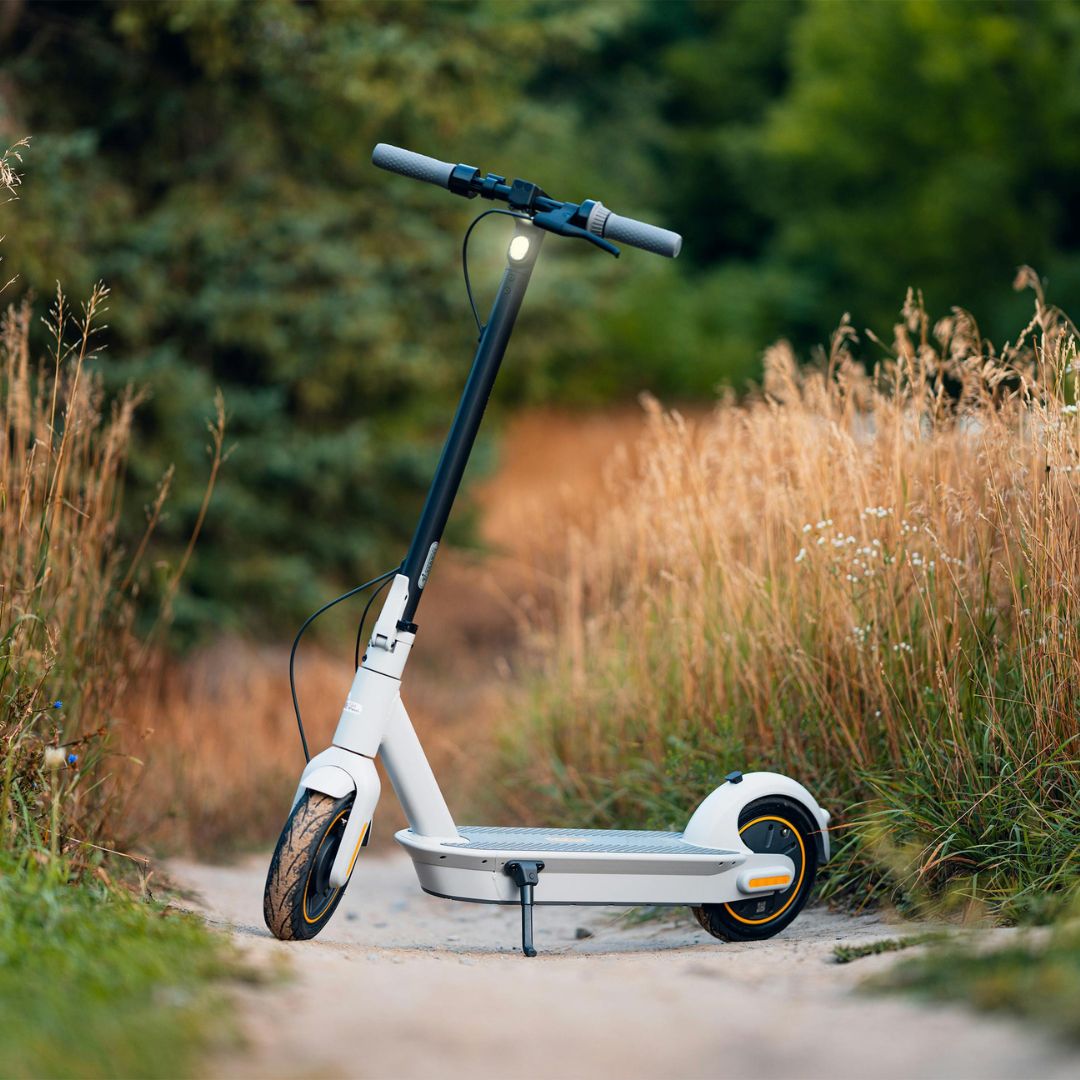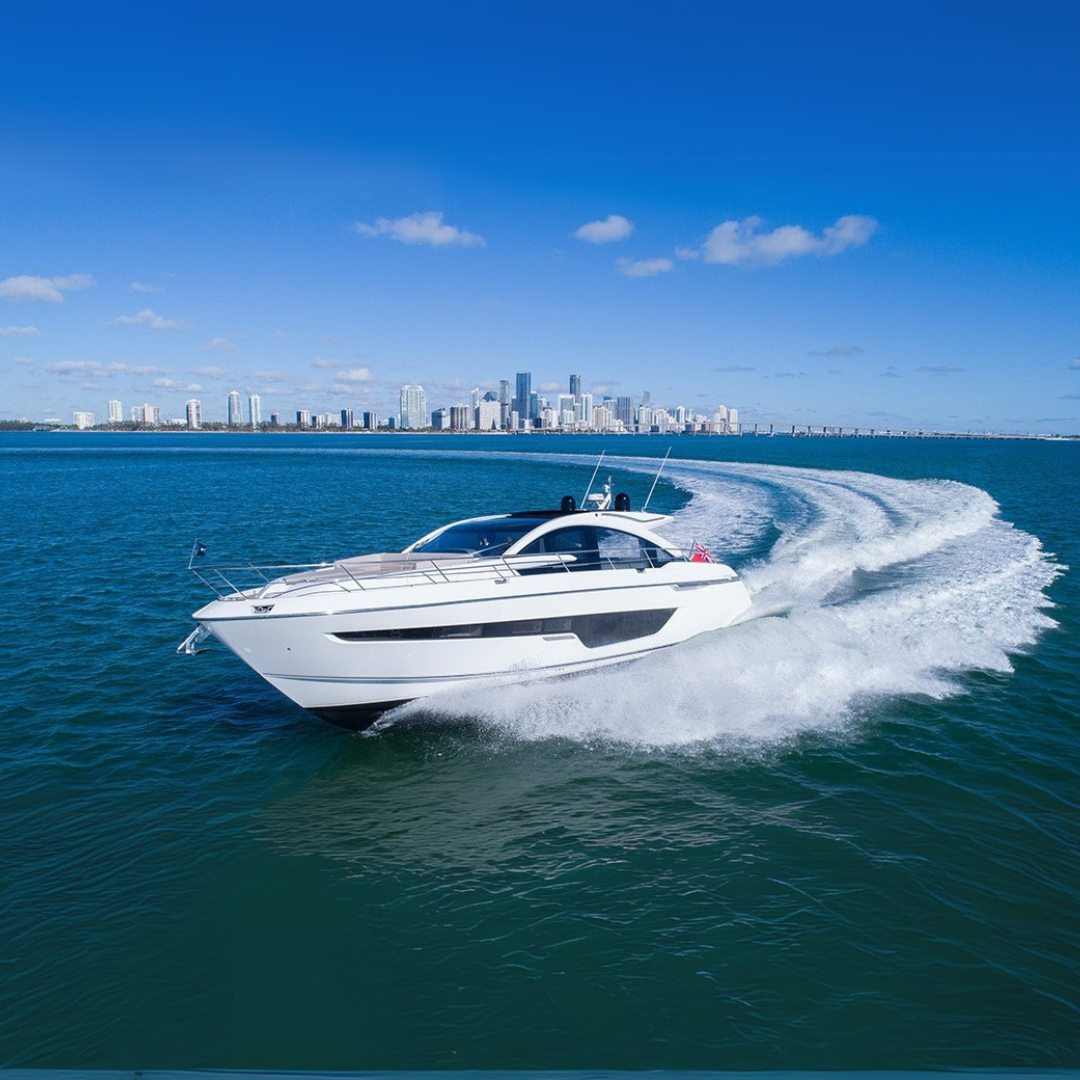Easy Methods for Transporting a Kayak: A Beginner's Guide
Transporting a kayak can seem like a daunting task, especially for beginners. However, with the right tools and techniques, moving your kayak from home to the water can be a breeze. Here are several easy methods for transporting a kayak that will help you get out on the water with minimal hassle.
1. Roof Racks
What Are Roof Racks?
Roof racks are installed on the roof of your vehicle and provide a secure platform for strapping down your kayak. They are a popular choice for many paddlers due to their versatility and convenience.
How to Use Roof Racks
- Installation: First, ensure your vehicle is compatible with roof racks and install them according to the manufacturer’s instructions. There are different types of roof racks, so choose one that suits your vehicle and kayak size.
- Loading the Kayak: Lift the kayak onto the roof racks. This may require two people, depending on the weight and size of your kayak. Use kayak cradles or foam pads to protect both your vehicle and the kayak.
- Securing the Kayak: Use cam straps or ratchet straps to secure the kayak firmly. Loop the straps over the kayak and under the roof racks, ensuring it is tightly fastened to prevent any movement during transport.
Benefits of Roof Racks
- Versatile: Can be used for other gear like bikes or luggage.
- Secure: Provides a stable platform for transporting the kayak.
- Convenient: Keeps the interior of your vehicle free for passengers or other gear.
2. Kayak Trailer
What Is a Kayak Trailer?
A kayak trailer is a small trailer that can be attached to the hitch of your vehicle. It is specifically designed to carry kayaks and can transport multiple kayaks at once.
How to Use a Kayak Trailer
- Hitch Installation: Ensure your vehicle has a compatible hitch installed for attaching the trailer.
- Loading the Kayak: Place the kayak(s) onto the trailer, securing them with straps or bungee cords. Most trailers come with specific tie-down points for added security.
- Towing: Attach the trailer to your vehicle’s hitch, ensuring it is properly locked and secured. Check the trailer lights and brakes (if applicable) before hitting the road.
Benefits of a Kayak Trailer
- Capacity: Can transport multiple kayaks at once.
- Ease of Loading: Easier to load and unload kayaks, especially larger or heavier models.
- Vehicle Space: Frees up your vehicle’s roof and interior for other gear or passengers.
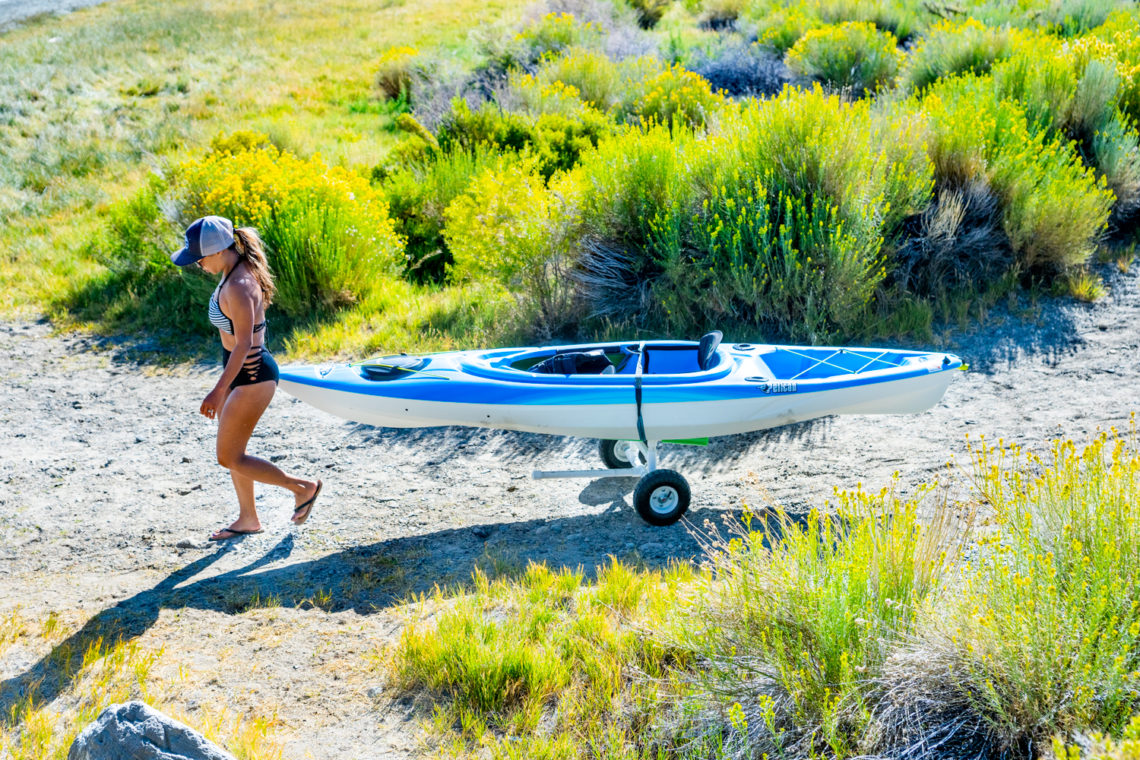
3. Kayak Cart
What Is a Kayak Cart?
A kayak cart is a small wheeled device that you can use to transport your kayak over short distances, such as from your vehicle to the water’s edge.
How to Use a Kayak Cart
- Attaching the Cart: Place the kayak cart under the kayak, usually near the center of its length for optimal balance. Secure the kayak to the cart using straps.
- Transporting: Lift one end of the kayak and push or pull it using the cart’s wheels. This makes it easy to move the kayak over various terrains, including sand, gravel, and pavement.
Benefits of a Kayak Cart
- Portability: Compact and easy to store in your vehicle.
- Convenience: Reduces the physical effort required to move the kayak, especially over rough terrain.
- Protection: Prevents damage to the kayak from dragging it on the ground.
4. Inflatable Kayak
What Is an Inflatable Kayak?
An inflatable kayak is made of durable, lightweight materials that can be inflated for use and deflated for easy transportation and storage.
How to Use an Inflatable Kayak
- Inflation: Inflate the kayak using a manual or electric pump. Ensure all compartments are fully inflated according to the manufacturer’s guidelines.
- Deflation and Packing: After use, deflate the kayak, fold it, and pack it into its carrying bag. Most inflatable kayaks come with a compact bag that fits easily in a car trunk.
- Transporting: Simply load the carrying bag into your vehicle’s trunk or back seat.
Benefits of an Inflatable Kayak
- Portability: Extremely easy to transport, even in small vehicles.
- Storage: Requires minimal storage space when deflated.
- Ease of Use: Quick to inflate and deflate, making it convenient for spontaneous trips



